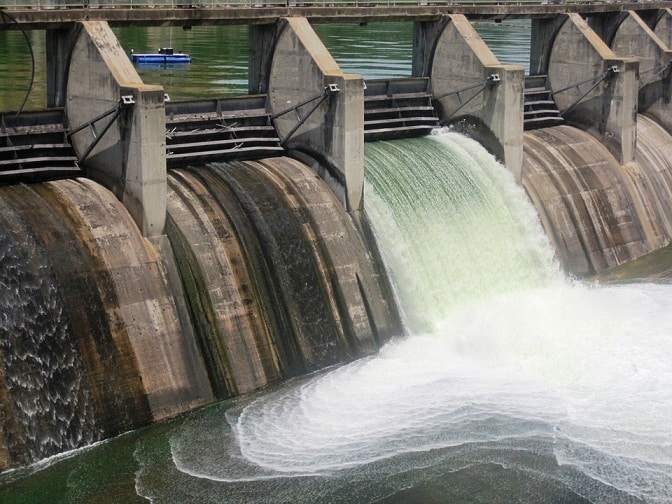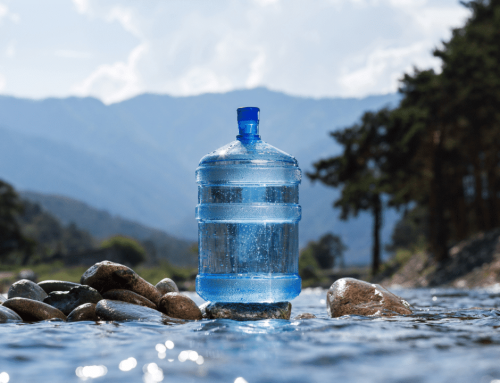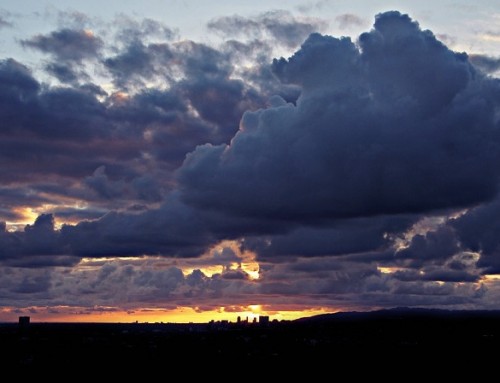The western Indian state of Gujarat, India, has a massive problem with drought, which especially affects the underprivileged women farmers whose livelihood depends on the monsoon.
The limited rainfall and flash floods in the area result in water logging during peak cropping season, which increases salinity, reduces soil fertility, and affects agricultural produce and the farmers’ income. There is severe water scarcity in the area for the rest of the year, and with most irrigation systems diverting the water from the rivers to the cities, the farmers are in dire straits.
A water management system called Bhungroo is an innovative new, life-changing technology that has recently been employed in the area and is giving the farmers new hope. The system basically just injects and stores excess rainfall underground and lifts it out for use in dry spells.
Adoption of the Bhungroo technology has made a huge difference in the region:
- It has decreased salt deposits on the soil and increased fresh water supply, saving local farmers from the devastating drought;
- It has freed the women farmers of debt, given them land ownership and has even helped them to be able to participate in local governance as a result of their expertise and influence in agriculture and water;
- Bhungroo provides food security and sustainable livelihoods to more than 18,000 marginal farmers and their more than 96,000 dependents in India;
- A typical family’s annual income increases from USD 210 to USD 700 from the first year, and break-even is attained within three years;
- The project is a fully women-driven process, from selecting the farmers to erecting the technology and operation and maintenance of the system.
By restricting the desertification, the Bhungroo technology is helping to build resilience to climate change in the area as well as rejuvenating local biodiversity, which in turn benefits the local community as it allows the growing of local, more nutritious food.
The system harvests water for about 10 days per year, and can hold as much as 40 million litres of rain water, which enables it to supply water for up to seven months, which enables the communities to continue farming for much longer.
Get free water cooler trial or free site water needs assessment from Living-Water.






